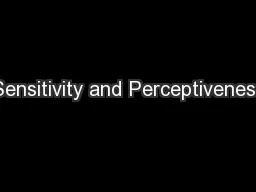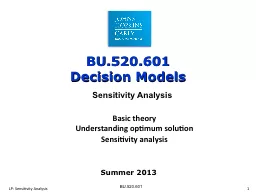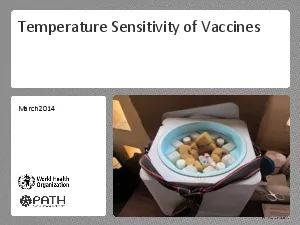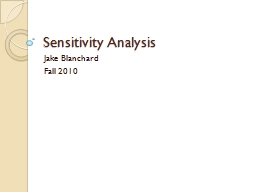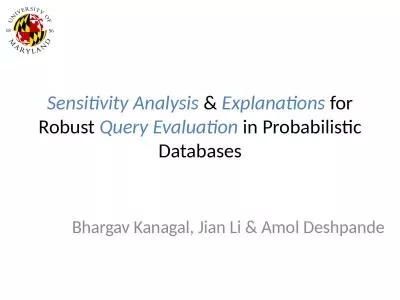PDF-Sensitivity and Perceptiveness
Author : tawny-fly | Published Date : 2017-03-03
1 Sensitivity Paul a four year old gifted boy told his parents he wanted to give away some of his favorite toys so that another boy would have toys for the holidays
Presentation Embed Code
Download Presentation
Download Presentation The PPT/PDF document "Sensitivity and Perceptiveness" is the property of its rightful owner. Permission is granted to download and print the materials on this website for personal, non-commercial use only, and to display it on your personal computer provided you do not modify the materials and that you retain all copyright notices contained in the materials. By downloading content from our website, you accept the terms of this agreement.
Sensitivity and Perceptiveness: Transcript
Download Rules Of Document
"Sensitivity and Perceptiveness"The content belongs to its owner. You may download and print it for personal use, without modification, and keep all copyright notices. By downloading, you agree to these terms.
Related Documents

